BYZANTINE HEAVY GOLD COIN PENDANT WITH CHAIN 10th-11th century AD A hexagonal gold pendant with scooped edges, loop and inset a gold solidus coin of Theodosius II (402-450 AD); the plaque with raised rim and inner border with punched annulets, openwork scrolled filigree panel surrounding a discoid cell with raised rim and filigree collar; a small discoid cell with beaded wire collar to each angle, four set with a cabochon garnet, two with an emerald (or sapphire?); broad suspension loop with running scrolled filigree and punched annulets to the border; twelve external ribbed loops with wire, string of barrel-shaped pearl beads; plain reverse with corresponding cell displaying the reverse of the medallion; suspension chain of substantial gold links, heart-shaped finials, hook and eye closure; the central insert a gold coin of Theodosius II with imperial bust oriented correctly, the coin obverse with D N THEODOSIVS P F AVG legend with facing bust; the reverse with SALVS REI PVBLICAE legend showing Theodosius II seated with Valentinian III, each holding mappa and globe with star above, with CON OB to the exergue for Constantinople mint (struck 425 AD and issued in commemoration of the eleventh consulship of Theodosius and the first of Valentinian). Accompanied by an Art Loss Register certificate. 56 grams, pendant: 59mm, chain: 52cm (Pendant 2 1/4", chain: 20 1/2"). Extremely fine condition. Provenance From an important London collection, acquired in the 1970s. Literature Cf. similar hexagonal pendant from Constantinople in the Dumbarton Oaks collection in Ross M.C. Catalogue of the Byzantine and Early Mediaeval Antiquities in the Dumbarton Oaks Collection, Volume 2: Jewelry, Enamels and Art of the Migration Period, Washington, 2005, item 181; coin reference see Sear 21143. Supplied with a positive X-Ray Fluorescence analysis certificate. Footnotes Theodosius II (Flavius Theodosius Junior Augustus) was the son of Emperor Arcadius. He was proclaimed co-Augustus by his father in 402 AD, the youngest person ever to hold this title. At the age of seven, on his father's death, he became Emperor of the Eastern Roman Empire, sharing the throne with his sister Pulcheria until 416 AD. In 421, he married Aelia Eudoxia and began to take an interest in Christianity under her influence. A futile war against the Sassanid Persians in 421-2 was halted when the Huns threatened Constantinople. Persistent threats from the Huns to the north, Sassanids to the east and Vandals in North Africa eroded Roman authority. Theodosius died in 450 AD in a riding accident. He was succeeded by Marcian, the husband of his sister Pulcheria. The present piece differs from the Dumbarton Oaks item in having been fabricated in filigree versus the more usual Byzantine technique of opus interrasile whereby the solid plaque is punched and pierced.
BYZANTINE HEAVY GOLD COIN PENDANT WITH CHAIN 10th-11th century AD A hexagonal gold pendant with scooped edges, loop and inset a gold solidus coin of Theodosius II (402-450 AD); the plaque with raised rim and inner border with punched annulets, openwork scrolled filigree panel surrounding a discoid cell with raised rim and filigree collar; a small discoid cell with beaded wire collar to each angle, four set with a cabochon garnet, two with an emerald (or sapphire?); broad suspension loop with running scrolled filigree and punched annulets to the border; twelve external ribbed loops with wire, string of barrel-shaped pearl beads; plain reverse with corresponding cell displaying the reverse of the medallion; suspension chain of substantial gold links, heart-shaped finials, hook and eye closure; the central insert a gold coin of Theodosius II with imperial bust oriented correctly, the coin obverse with D N THEODOSIVS P F AVG legend with facing bust; the reverse with SALVS REI PVBLICAE legend showing Theodosius II seated with Valentinian III, each holding mappa and globe with star above, with CON OB to the exergue for Constantinople mint (struck 425 AD and issued in commemoration of the eleventh consulship of Theodosius and the first of Valentinian). Accompanied by an Art Loss Register certificate. 56 grams, pendant: 59mm, chain: 52cm (Pendant 2 1/4", chain: 20 1/2"). Extremely fine condition. Provenance From an important London collection, acquired in the 1970s. Literature Cf. similar hexagonal pendant from Constantinople in the Dumbarton Oaks collection in Ross M.C. Catalogue of the Byzantine and Early Mediaeval Antiquities in the Dumbarton Oaks Collection, Volume 2: Jewelry, Enamels and Art of the Migration Period, Washington, 2005, item 181; coin reference see Sear 21143. Supplied with a positive X-Ray Fluorescence analysis certificate. Footnotes Theodosius II (Flavius Theodosius Junior Augustus) was the son of Emperor Arcadius. He was proclaimed co-Augustus by his father in 402 AD, the youngest person ever to hold this title. At the age of seven, on his father's death, he became Emperor of the Eastern Roman Empire, sharing the throne with his sister Pulcheria until 416 AD. In 421, he married Aelia Eudoxia and began to take an interest in Christianity under her influence. A futile war against the Sassanid Persians in 421-2 was halted when the Huns threatened Constantinople. Persistent threats from the Huns to the north, Sassanids to the east and Vandals in North Africa eroded Roman authority. Theodosius died in 450 AD in a riding accident. He was succeeded by Marcian, the husband of his sister Pulcheria. The present piece differs from the Dumbarton Oaks item in having been fabricated in filigree versus the more usual Byzantine technique of opus interrasile whereby the solid plaque is punched and pierced.
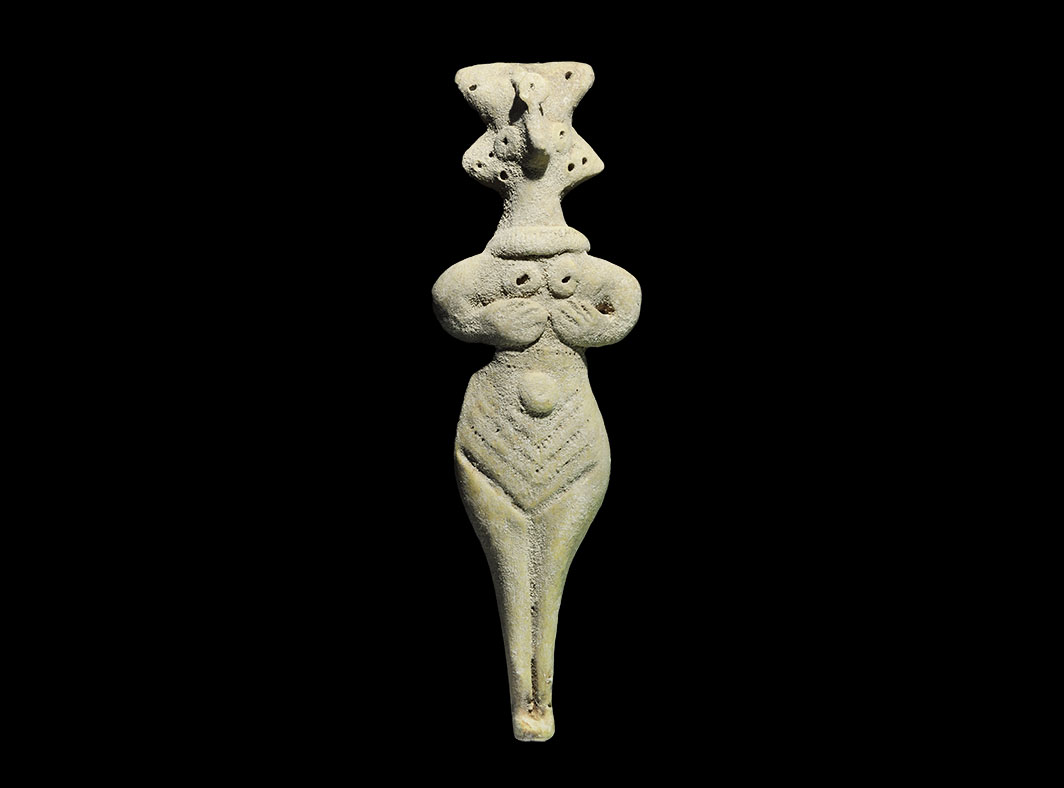
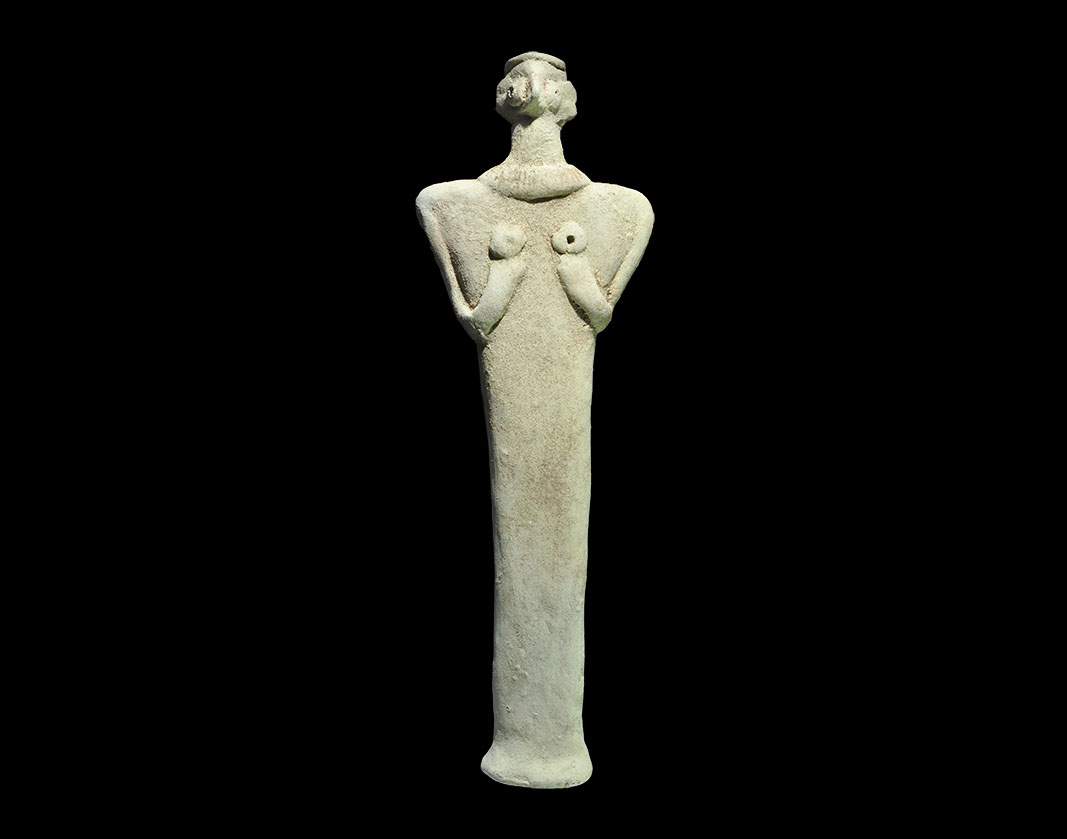
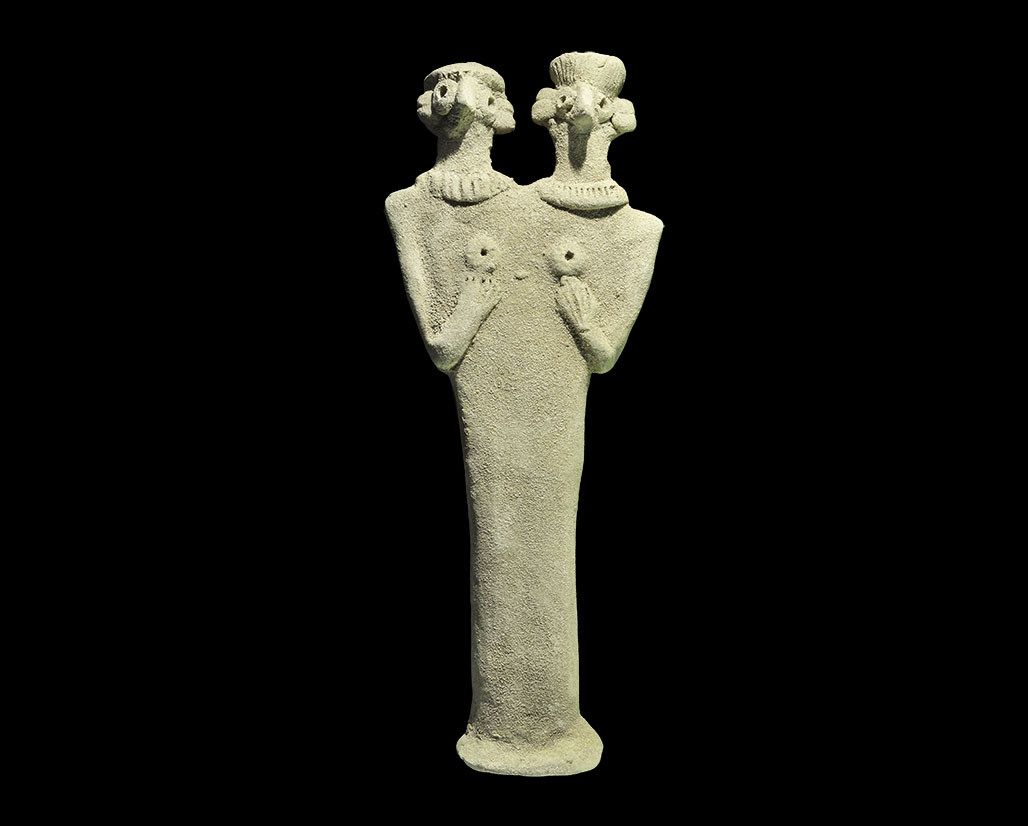
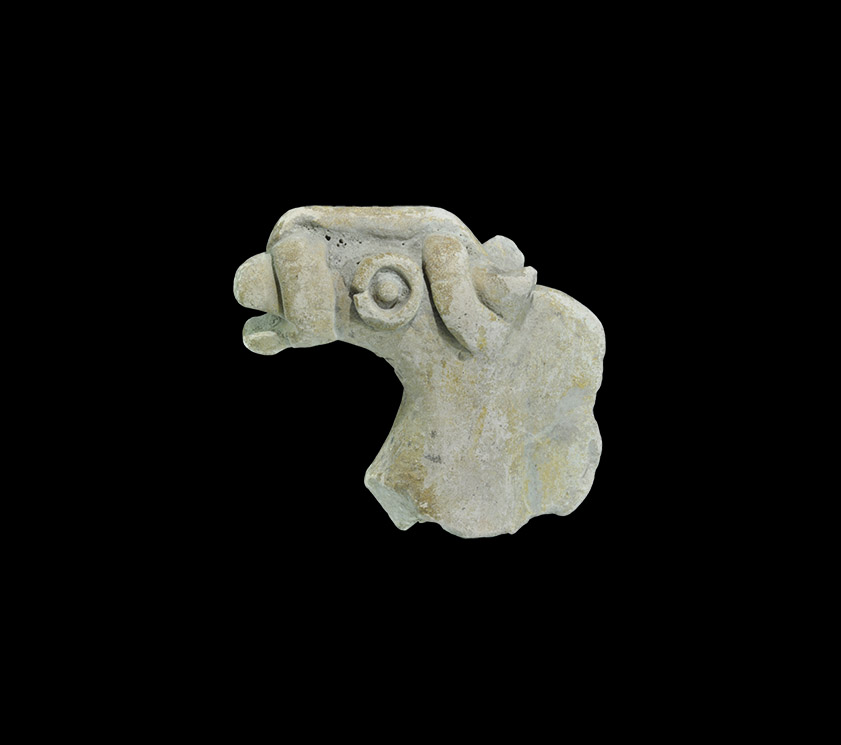
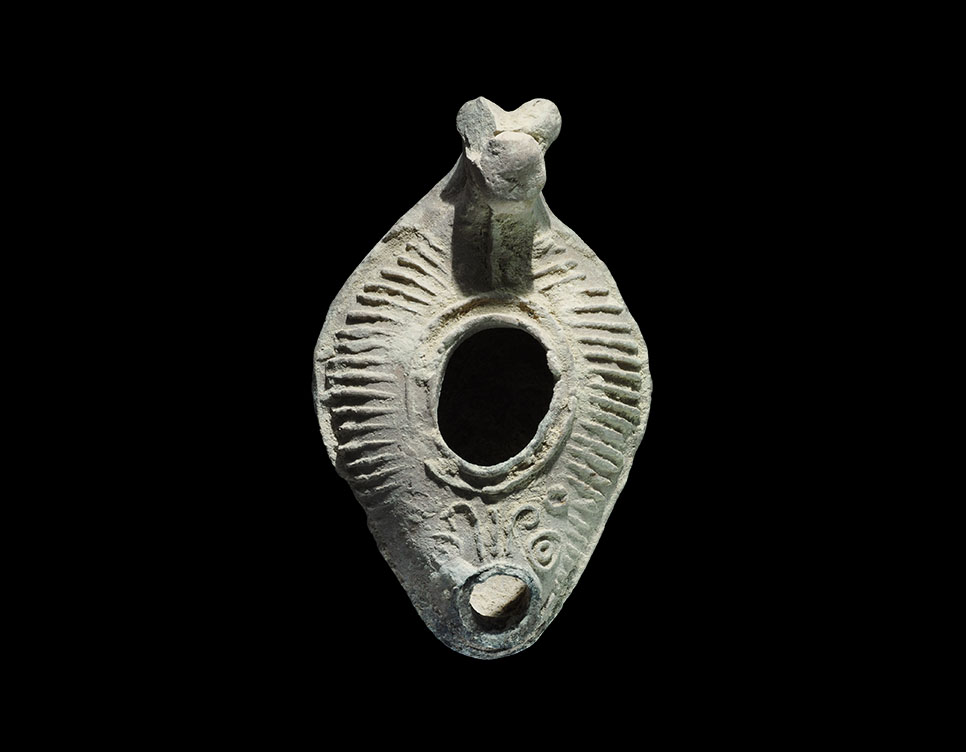
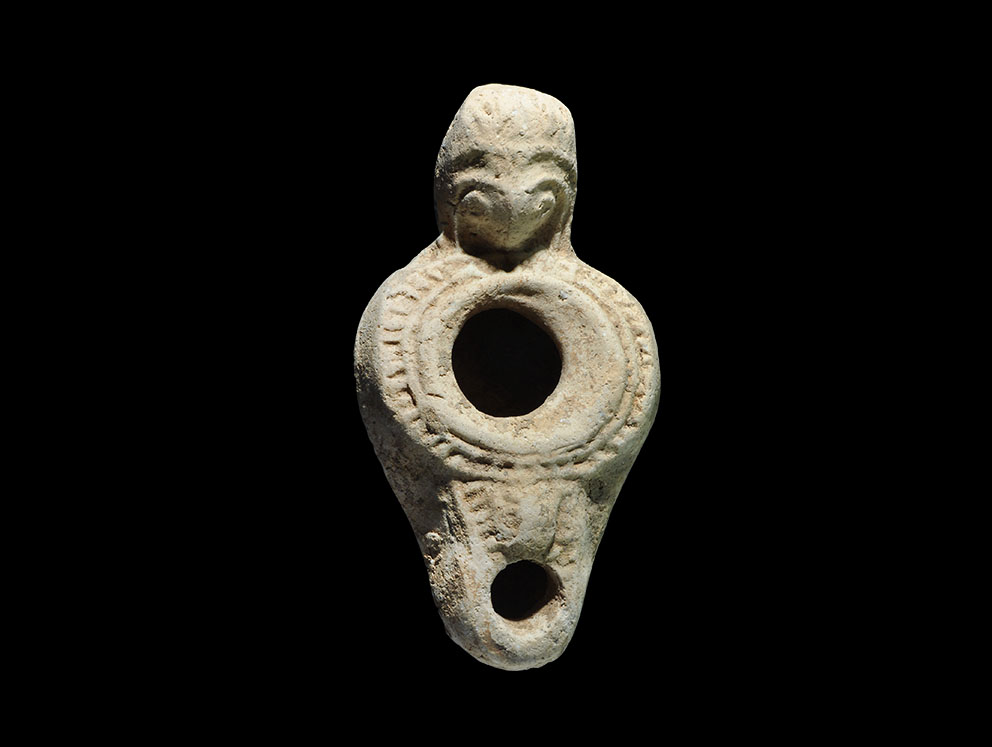
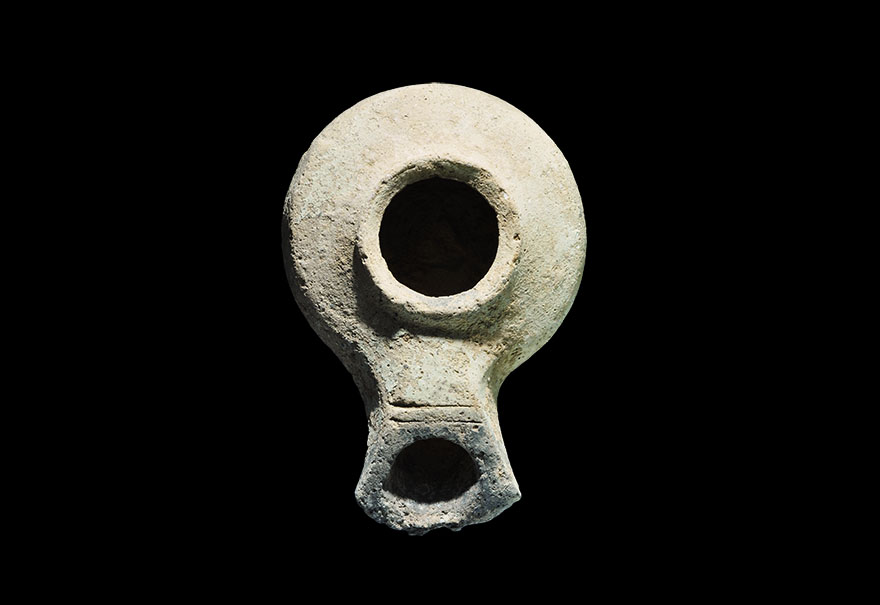
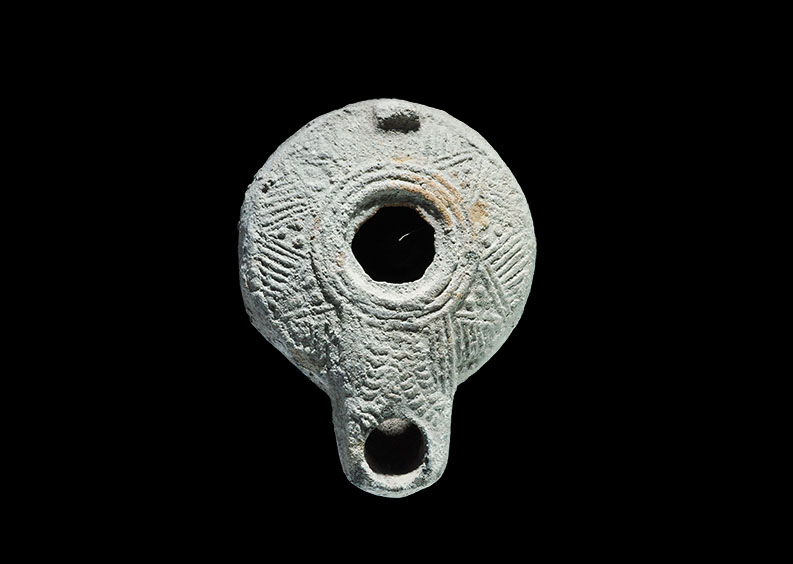
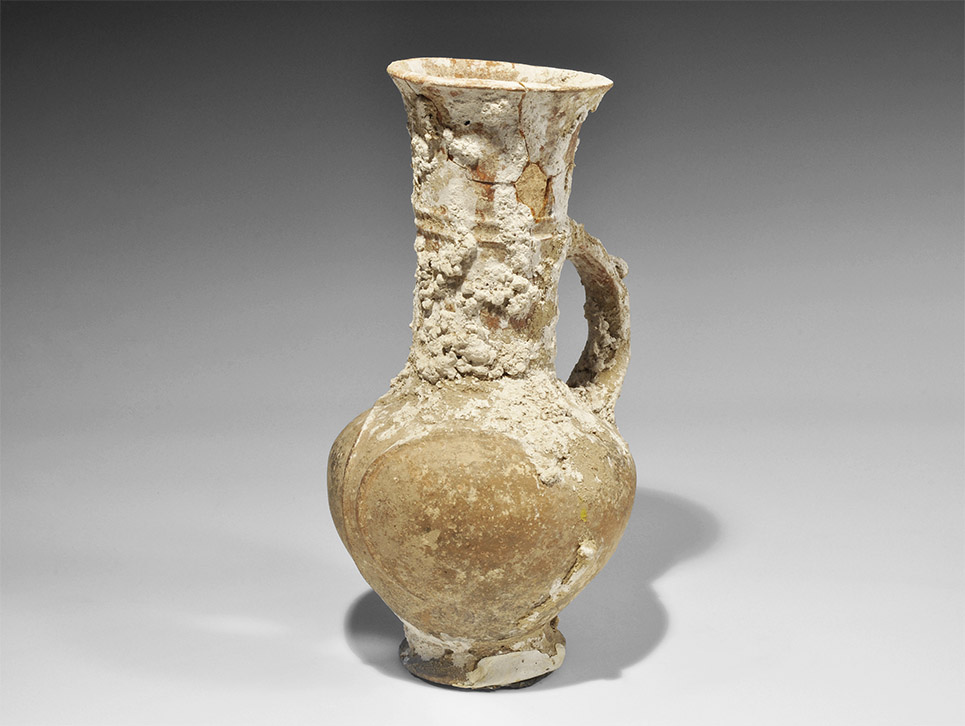
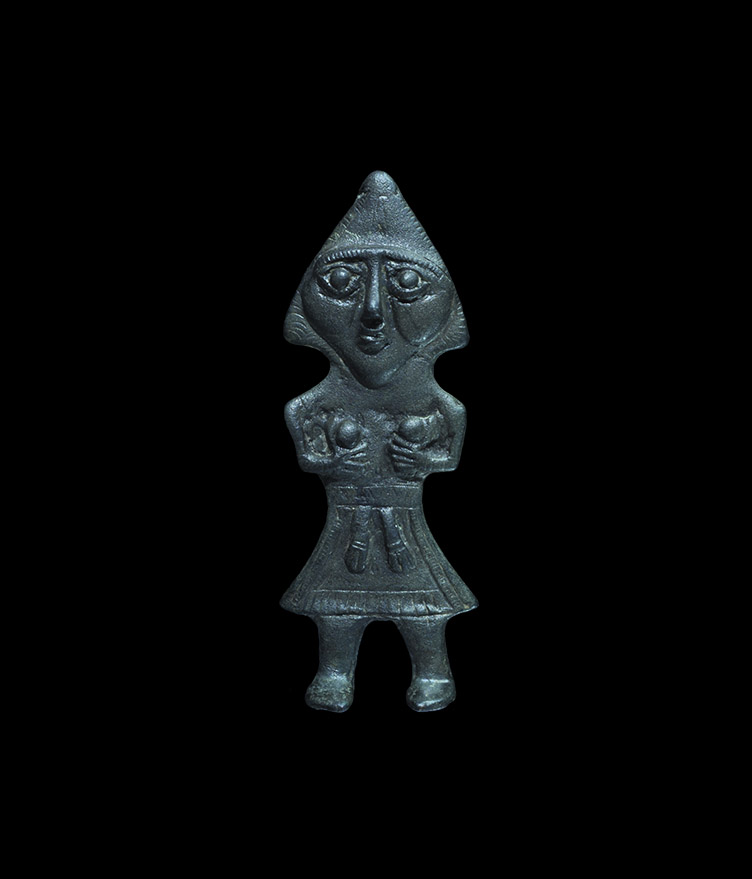
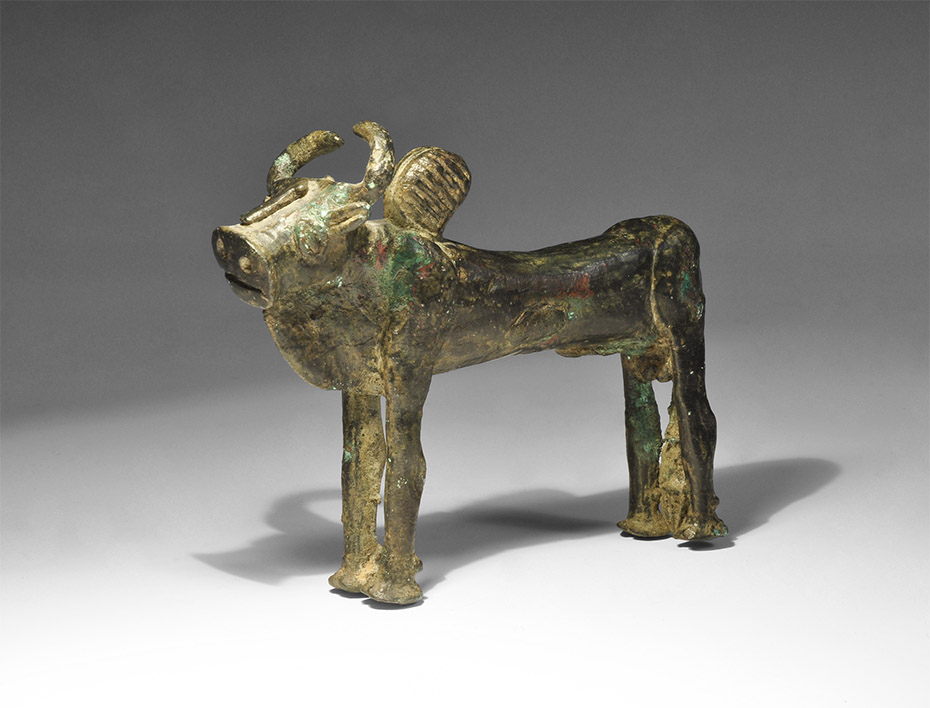
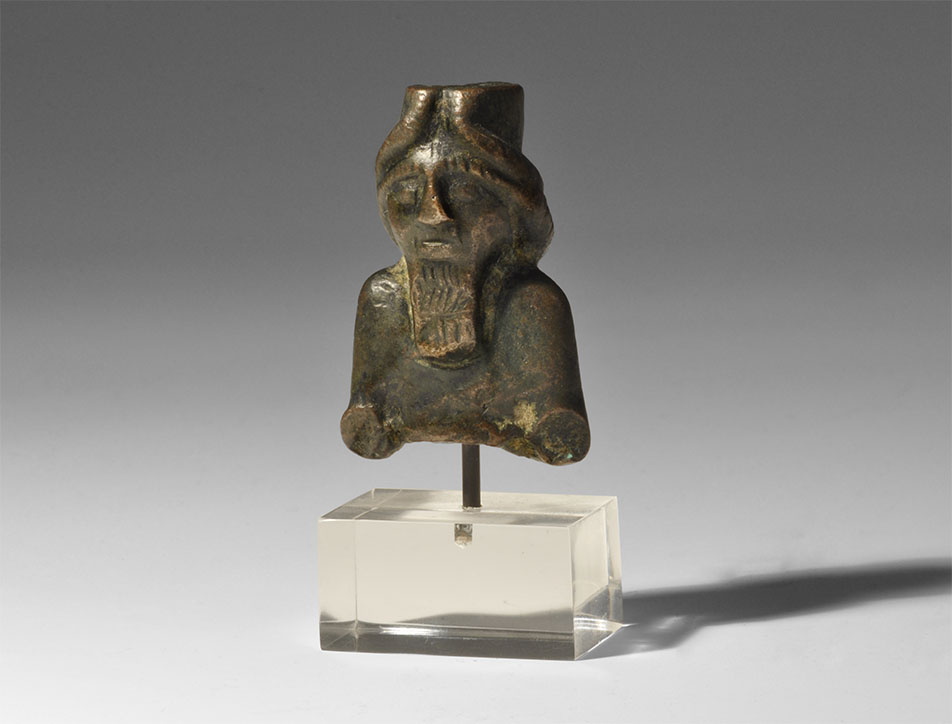
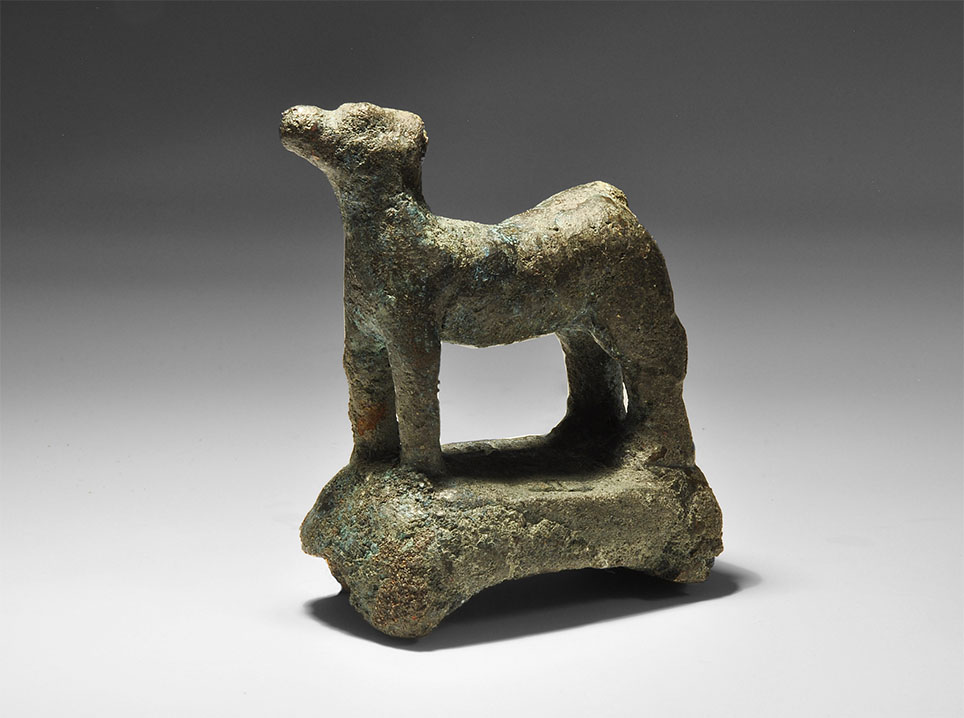
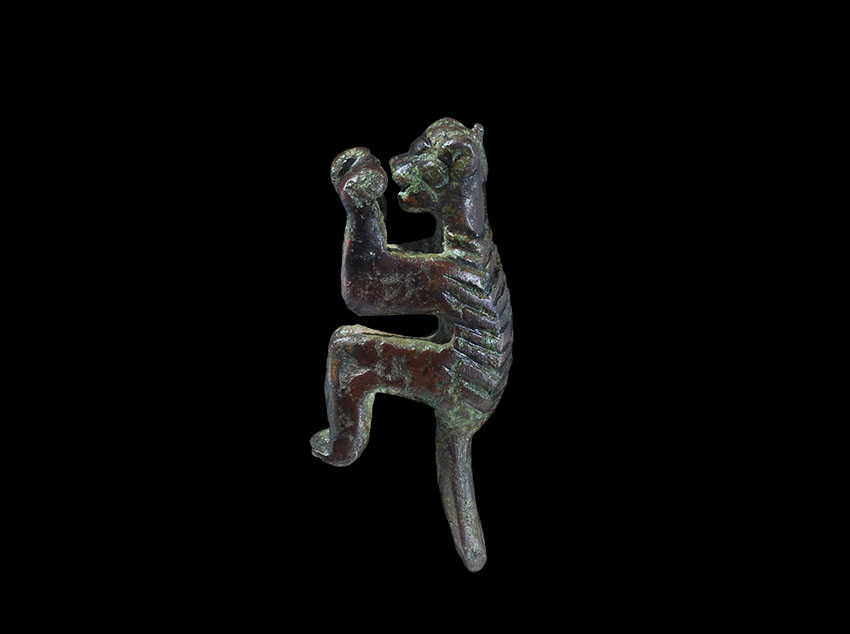
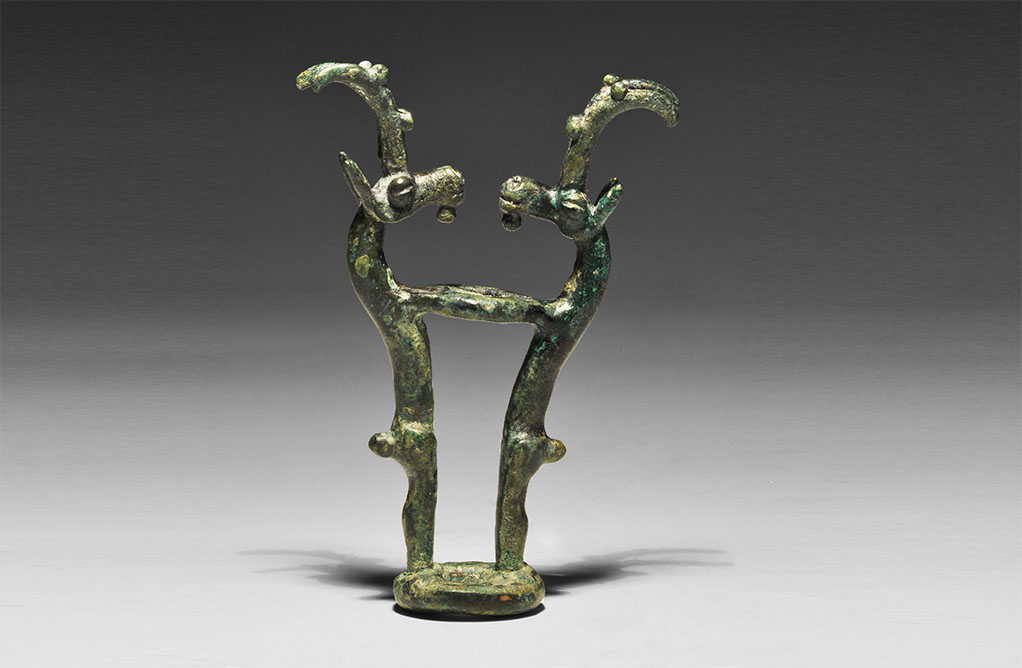
Try LotSearch and its premium features for 7 days - without any costs!
Be notified automatically about new items in upcoming auctions.
Create an alert